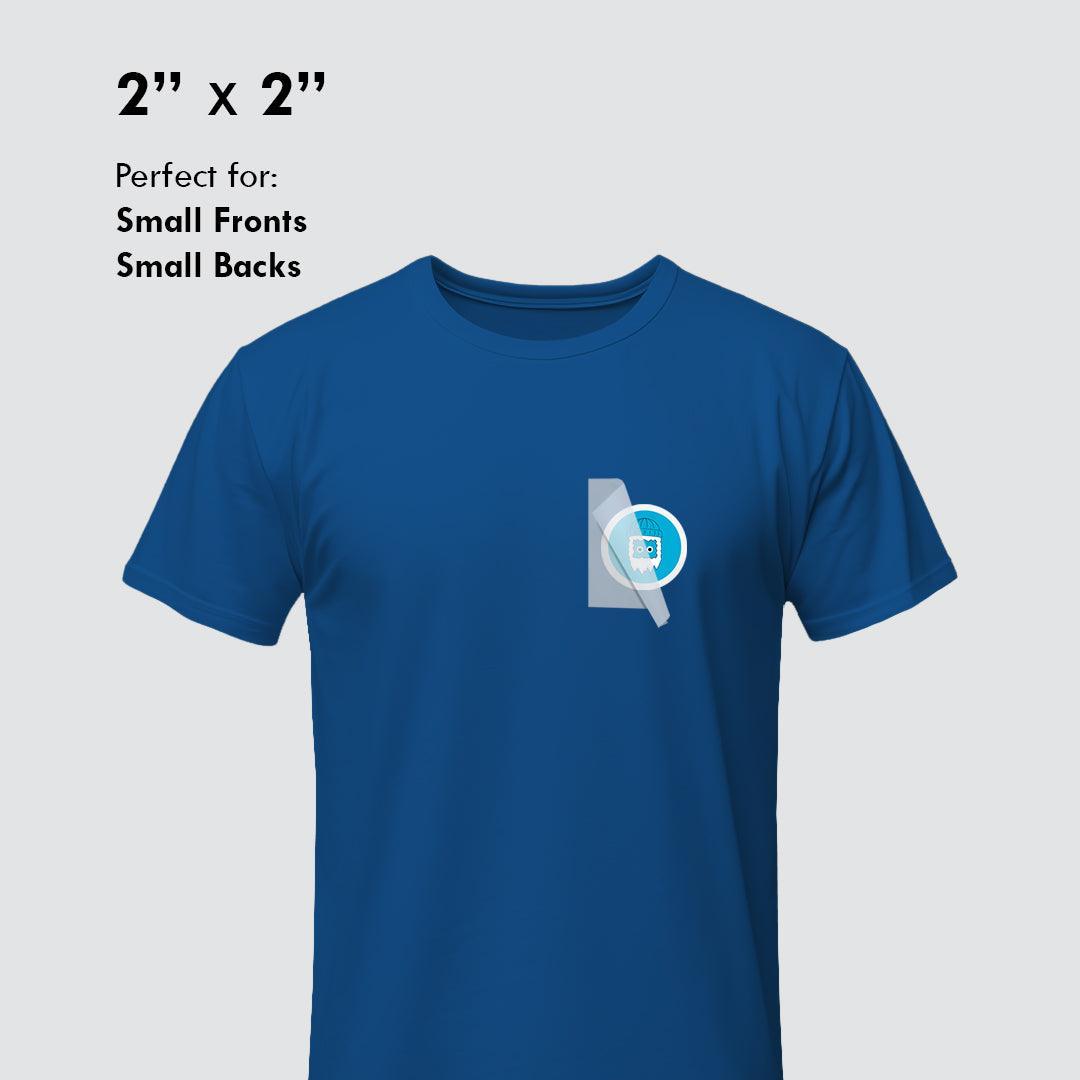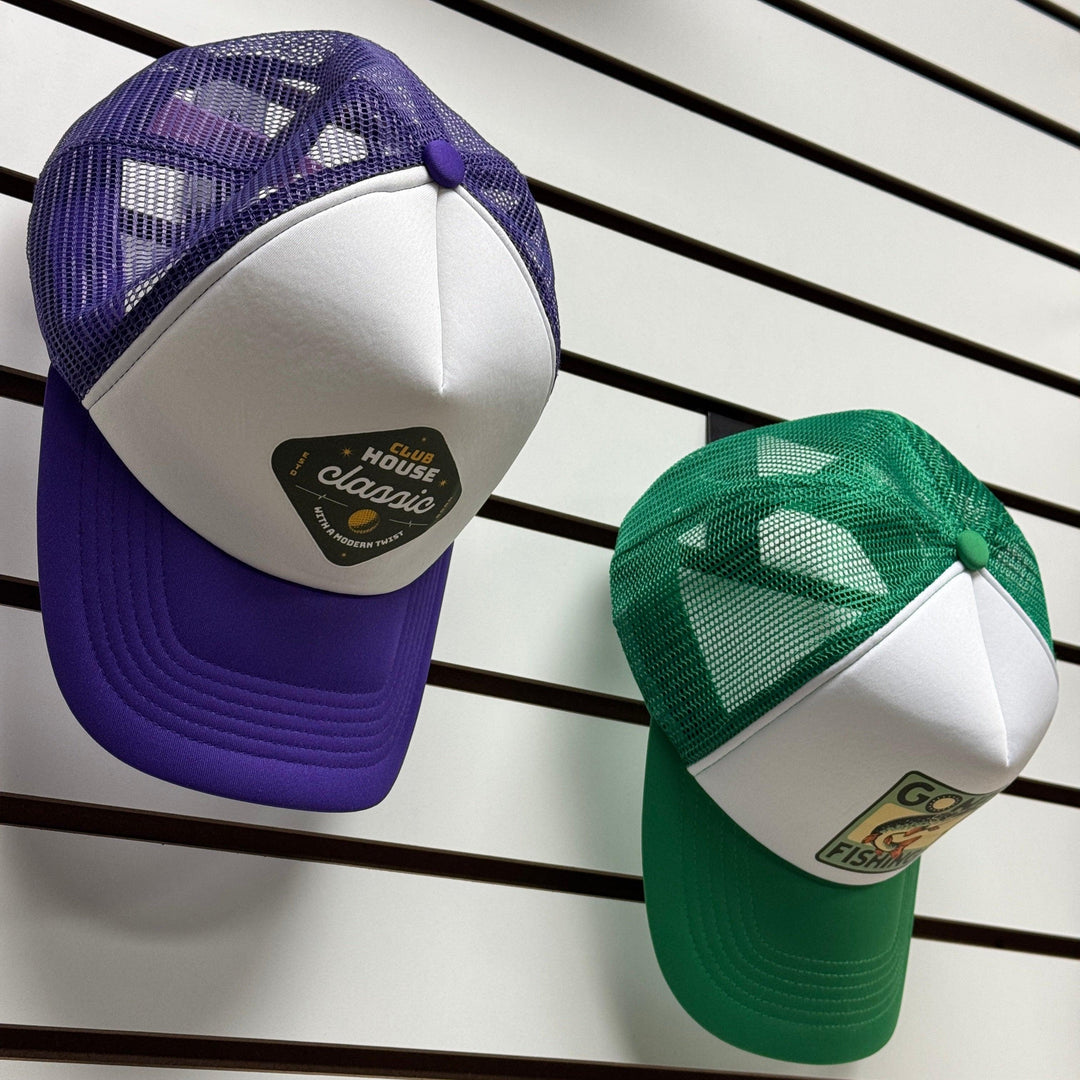DTF Transfer Ink – Bold Colors, Lasting Impressions 🎨
DTF Transfer Ink is the ultimate solution for high-quality, vibrant, and durable printing on a wide range of fabrics. Specially formulated for Direct to Film (DTF) printing systems, this ink delivers sharp results with consistent performance. Whether you're customizing t-shirts, hoodies, or hats, DTF Transfer Ink ensures your designs stay bright, bold, and long-lasting.
Why Choose DTF Transfer Ink?
Vivid Color Output
DTF Transfer Ink is engineered to produce high-definition colors with exceptional brightness. From deep blacks to radiant reds, it ensures your prints are eye-catching and professional.
Smooth Printing Experience
Its low-viscosity formula allows for smooth ink flow and reduces the risk of clogging, helping to extend the life of your DTF printer and printhead.
Key Features of DTF Transfer Ink
-
✅ Compatible with most DTF printers
-
✅ Bright, fade-resistant colors
-
✅ Washable and stretchable results
-
✅ Non-toxic and eco-friendly formula
-
✅ Designed for both light and dark garments
-
✅ Strong adhesion to DTF films and fabrics
Applications and Use Cases
DTF Transfer Ink is perfect for:
-
Custom apparel businesses
-
Print-on-demand stores
-
Event merchandise printing
-
Small businesses and bulk production
Whether you're printing fashion garments, uniforms, or promotional items, this ink gives your work a high-end finish.
How to Use DTF Transfer Ink
-
Load the ink into your DTF printer’s correct CMYK and white ink tanks.
-
Print your design on DTF film.
-
Apply hot melt powder to the wet ink on the film.
-
Cure the powder, then heat press the transfer to your garment.
-
Peel and admire your vivid, long-lasting result!
Eco-Friendly & Safe
Our ink is made with non-toxic ingredients, ensuring safe use in professional or home environments. It's compliant with major health and safety standards and suitable for all age groups.
Frequently Asked Questions
Can I use this type of ink with different garment materials such as cotton, polyester, or blends?
Absolutely. This ink formulatio is designed to work well with a wide range of fabric types. Whether you're printing on 100% cotton, synthetic fabrics like polyester, or mixed materials, you can expect excellent results. The ink adheres smoothly and maintains strong color performance regardless of the garment texture or weave. However, for the best outcome, always test a small sample before mass production, especially when using unique or specialty fabrics.
What kind of maintenance is required for printers using this ink?
Regular maintenance is essential to ensure consistent performance. This includes daily nozzle checks, occasional head cleanings, and proper storage of ink when not in use. Since this ink is pigment-based and used in high-precision print heads, it’s important to prevent clogging. Keep your printer in a temperature-controlled environment and avoid leaving it idle for extended periods without running maintenance cycles. Also, using compatible cleaning solutions specifically formulated for this printing method will extend the life of your equipment.
Is it safe to use this ink in small studios or home workshops?
Yes, it's safe for use in both professional and small-scale environments. The ink is water-based, generally free from harsh solvents, and designed to minimize odors or harmful emissions. It meets most international safety standards and is suitable for projects involving children's or baby apparel. Even though it's non-toxic, it's still advisable to maintain proper ventilation when operating any type of printer or curing equipment. Always wear gloves when handling open ink containers or cleaning print heads.
What makes this ink a better choice than sublimation or vinyl methods?
This technology offers several advantages. Unlike sublimation, which is limited to polyester fabrics, or vinyl, which can crack and peel over time, this approach delivers bright, flexible, and long-lasting prints on various materials. The result has a soft hand-feel, excellent color retention after washes, and no heavy texture on the surface. It also simplifies the process by removing weeding and cutting steps, which are necessary in vinyl work. For businesses and creators seeking both quality and efficiency, this method stands out as a reliable option.
What kind of finish or feel does the final print have after heat pressing?
Once applied and cured properly, the finish is smooth, stretchable, and soft to the touch. It blends seamlessly with the fabric surface rather than sitting heavily on top. The printed design moves naturally with the garment, making it ideal for everyday wear, sports apparel, or even premium merchandise. Users often compare the finish favorably to screen printing but with sharper details and more vibrant color output.
What kind of curing process is required after printing?
After printing, the design requires a heat-setting process to ensure it fully bonds to the transfer film and fabric. This usually involves applying a heat press at a specific temperature and duration (typically around 160–170°C for 15–20 seconds, depending on the fabric). The curing process is critical in achieving wash-resistant and long-lasting results. Using a quality heat press machine with even pressure and accurate temperature control will improve your final print quality significantly.
How does this method compare in cost to other textile printing techniques?
In terms of cost-efficiency, this printing solution strikes a balance between quality and affordability. Initial setup costs are typically lower than traditional screen printing, and there's no need for expensive plates or screens. You can also avoid material waste by printing only what you need. Additionally, the low ink consumption and ability to handle both short runs and bulk orders make it an attractive option for small businesses and custom apparel creators alike.
Check Out Our Other Products
More information






